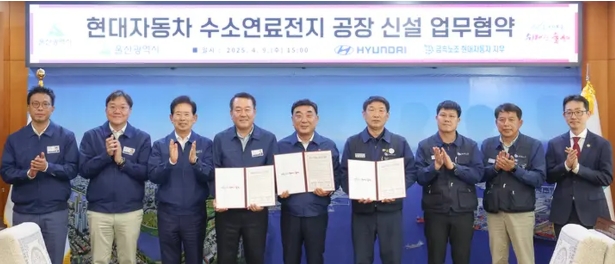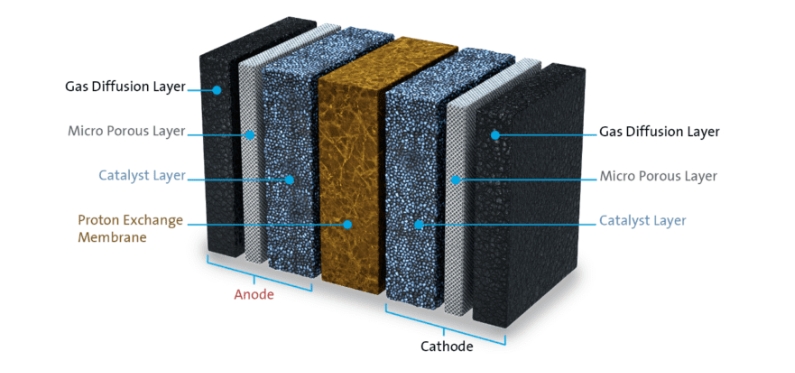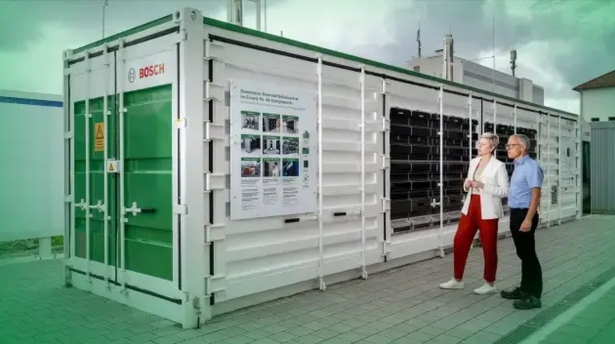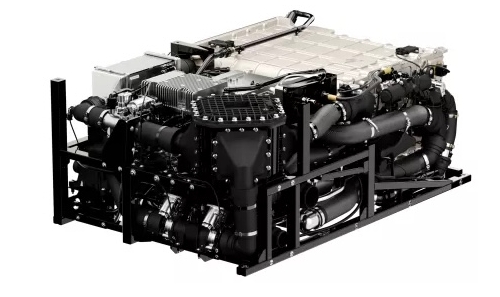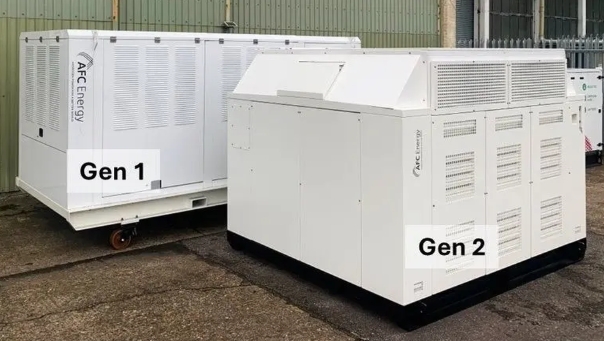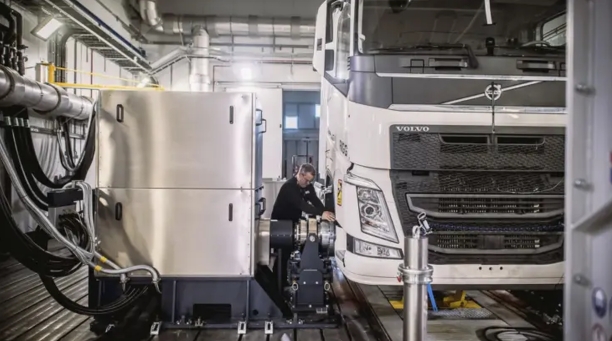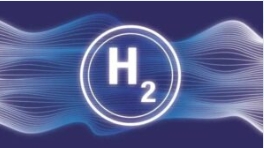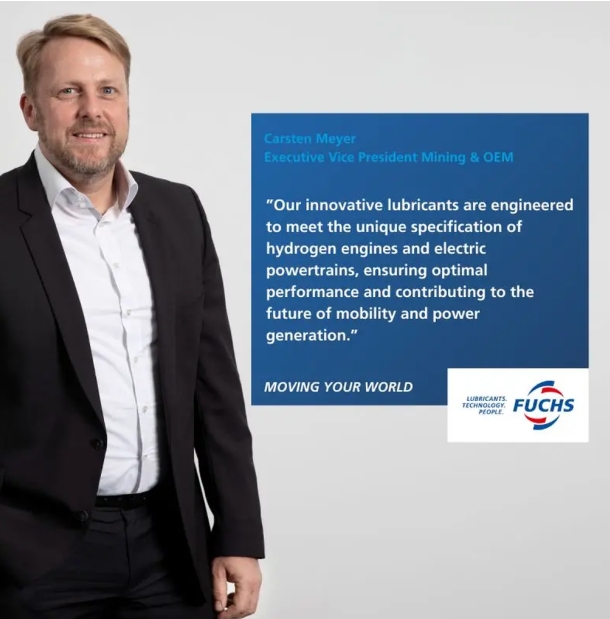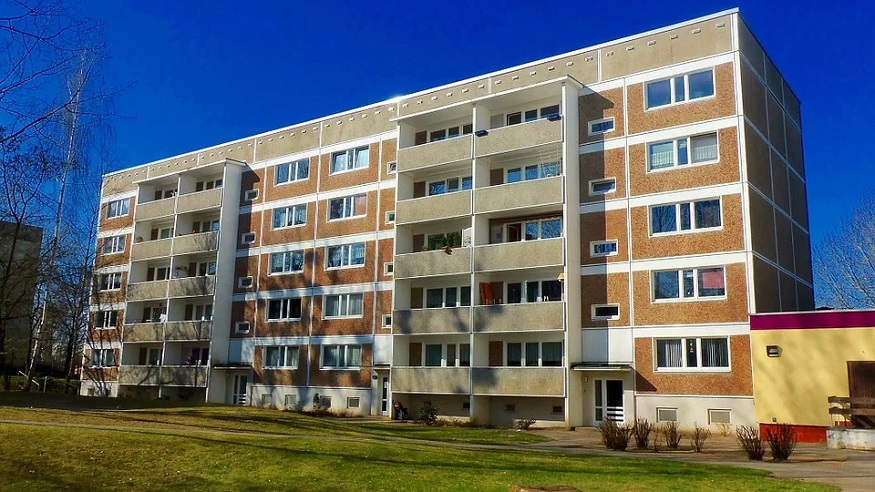
Renewable energy hydrogen storage will benefit six public housing buildings in South West Sweden’s small town of Vårgårda. Electricity and heat from a microgrid that combines solar panels, batteries, heat pumps, hydrogen production and storage as well as hydrogen fuel cells will allow the building to run on renewable power the whole year through.
The clean power will supply 172 apartments.
Nilsson Energy and the municipality of Vårgårda will provide a system that can deliver renewable energy to 172 apartments for 8,760 hours a year. A combined Nilsson Energy RE8760 system will store renewable power generated from solar energy until this energy is needed.
All the buildings will be equipped with about 5,400 square feet of solar photovoltaic panels. The solar power that is generated during Sweden’s long summer days will provided electricity to the buildings and charge the battery. Meanwhile, excess energy is supplied to an electrolyzer and compressor for centralized hydrogen production and storage for the winter.
During the winter months, renewable energy hydrogen storage powers the buildings. This is achieved by feeding the stored hydrogen to each building’s 5-kilowatt (kW) fuel cell to generate electricity.
In turn, waste heat resulting from this process will top up the heating being provided to the buildings by a geothermal heat pump. The six buildings are linked to form a microgrid to provide flexibility and supply security, with the RE8760 system controlling the energy flows.
Renewable energy hydrogen storage systems are gaining awareness.
“The knowledge and awareness of hydrogen as [having] a good ability to store renewable energy is gaining awareness as we speak,” Martina Wettin, one of the founders of Nilsson Energy, told Microgrid Knowledge.
This isn’t the first time the company has used this technology. Previously, Nilsson Energy’s co-founders were commissioned to construct the world’s first solar powered off-grid hydrogen refueling station in Mariestad, Sweden.
As for the six public housing buildings, presently the apartments receive electricity from the main grid. This will continue until the renewable energy hydrogen storage system can demonstrate sufficient successful running hours. That said, while the system isn’t fully operational, currently it does provide heating and hot water.
